What kinds of fabrics are there in clothes, and what are their characteristics?
Wool
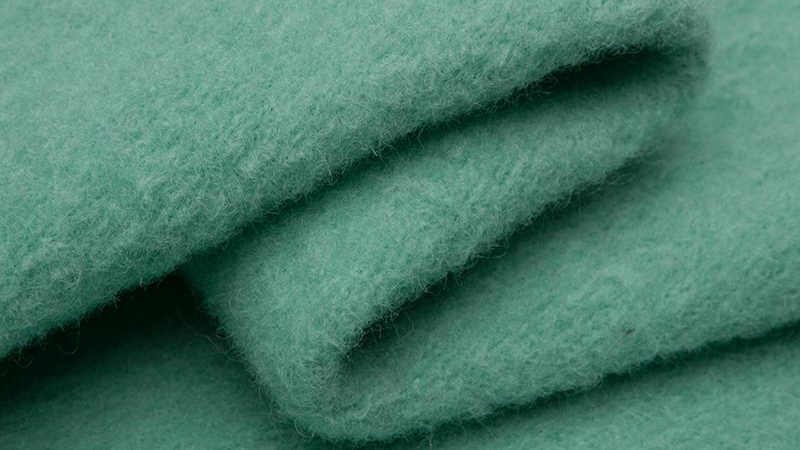
Advantages: soft and elastic to the touch, natural luster, comfortable to wear, and more upscale. Good hygroscopicity, not easy to conduct heat, good heat retention, anti-wrinkle, especially good pleat forming and garment shape retention after garment processing and ironing.
Disadvantages: not resistant to alkali, shrinkage, easy to wrinkle.
Attention: The washing temperature should not be too high, avoid scrubbing and twisting forcefully, and avoid sun exposure.
Ironing: Wet ironing, ironing the fabric from the reverse side.
Wool Polyester Fabric
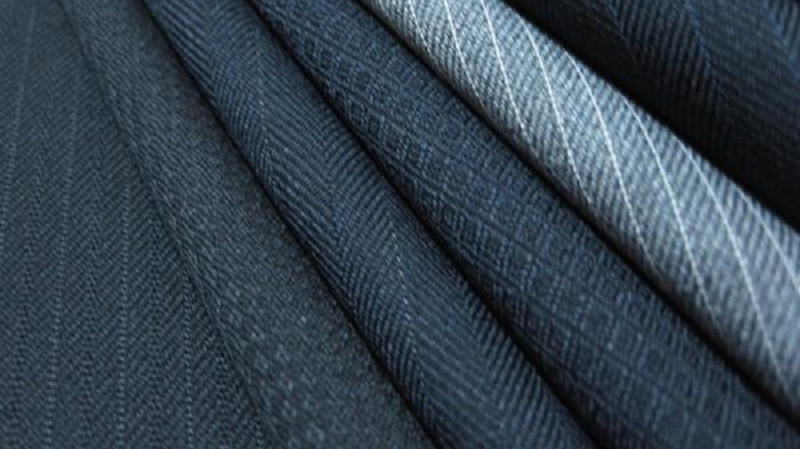
Wool polyester blend refers to a fabric made of wool and polyester blended yarn. It is the most common type of blended wool fabric. The commonly used ratio is 45:55, which can not only maintain the advantages of wool but also play the advantages of polyester and cotton fabrics.
Advantages: strong hygroscopicity, good dyeing performance, soft hand feeling, comfortable to wear, simple appearance, not easy to be eaten by insects, firm and durable.
Disadvantages: large shrinkage rate, poor elasticity, easy to wrinkle, poor shape retention of clothing, easy to mildew, slight fading phenomenon, not acid-resistant.
Attention: Clothing and cotton cloth should be moisture-proof and mildew-proof during storage, use, and storage; they should not be exposed to the sun for a long time. When drying, the inner layer should be turned out. It should not be soaked for a long time, and it should not be wrung out.
Ironing: low temperature, medium temperature ironing; when ironing at medium temperature, cover the clothes with a dry cloth to avoid aurora.
Cotton Mercerized Fabric
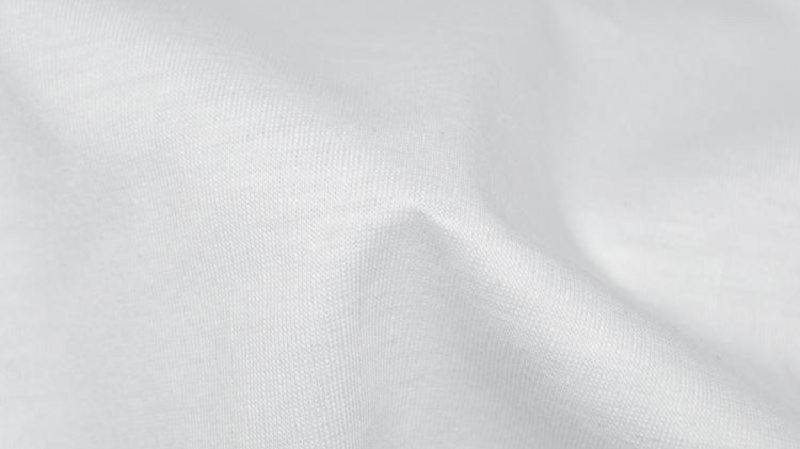
Mercerizing is a traditional processing technology for cotton fabrics. It is made of low-count (high-count) cotton fabric, treated with high-concentration caustic soda to make it smooth and has a silky luster, and then finished with a high-quality softener, which is light, smooth, and comfortable to wear.
Advantages: After the cotton fabric is treated with a high concentration of caustic soda (wool), the hand feel is smooth, the color is bright, silky luster, and it is comfortable to wear.
Disadvantages: There is a slight fading phenomenon.
Attention: It is basically the same as the cotton fabric.
T/C Fabric (polyester/cotton)
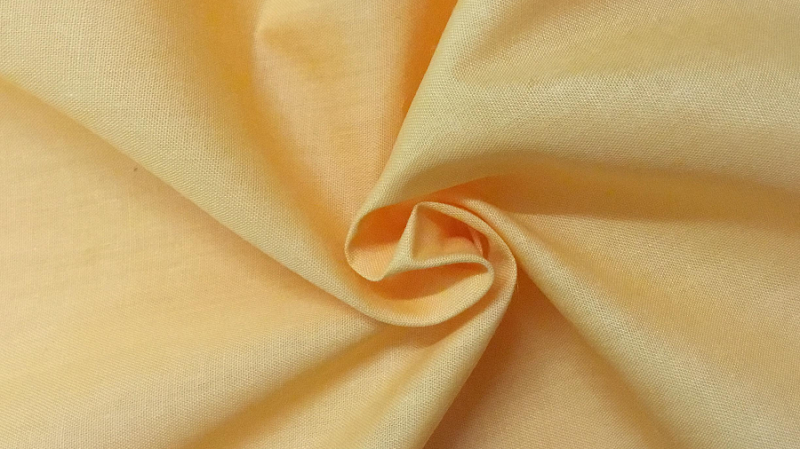
Fabric technology: It is made of fine denier or ultra-fine denier polyester fiber and high-count combed cotton (40, 60, 80, etc.).
Advantages: The fabric feels crisp, smooth, and bright in color. It has good elasticity, moisture absorption, and air permeability, and has a smooth surface and a certain rainproof function.
Washing: Washing temperature below 30 ℃, washing soaking time not more than 30 minutes, do not bleach, do not expose to the sun, do not wring, do not tumble dry, suitable for drying in the shade, and pay attention to moisture-proof.
Ironing: Do not dry clean 110℃ low-temperature steam ironing.
Wool and Polyester Blends
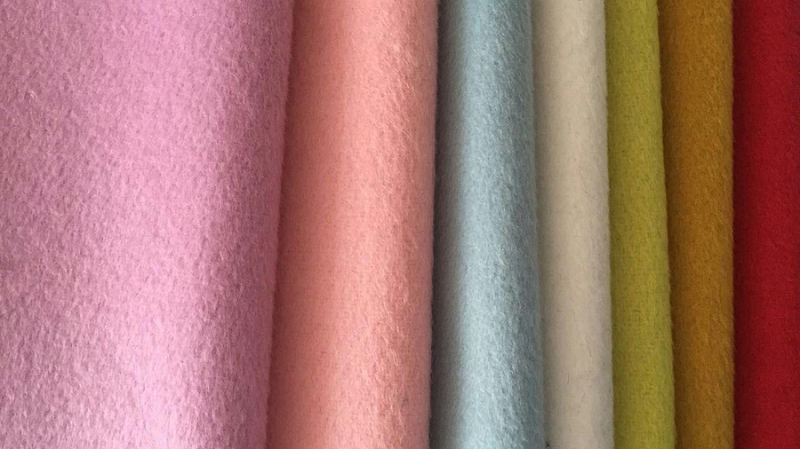
Advantages: wool and polyester blend, light texture, good wrinkle recovery performance. Durable, washable, quick-drying, dimensionally stable, and pleated for a long time.
Washing: Soak in cold water for 15 minutes, then wash with a general synthetic detergent. The temperature of the lotion should not exceed 45 degrees Celsius. The dirty parts of the neckline and cuffs can be gently brushed with a soft brush. After cleaning, it can be lightly twisted. Put it in a cool and ventilated place to dry, do not expose it to the sun, do not dry, so as not to wrinkle due to ripening.
T/R Fabric (polyester/viscose blend)
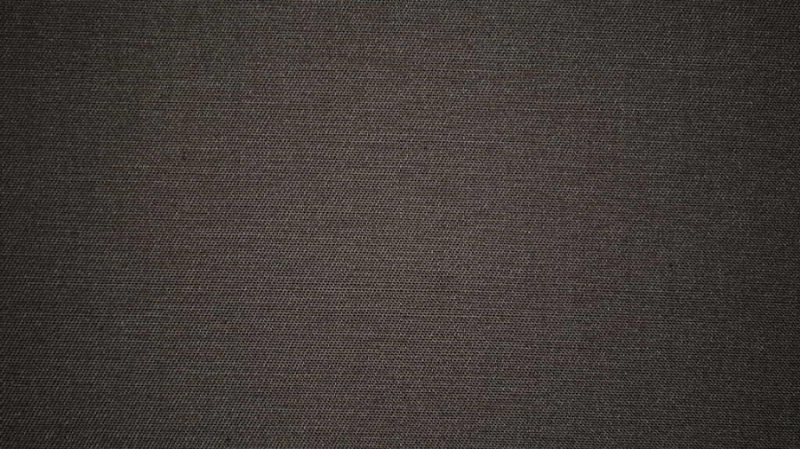
Advantages: strong, wrinkle-resistant, dimensionally stable, washable, and wearable. It can improve the breathability of fabrics, reduce pilling and antistatic phenomena.
Disadvantages: poor non-iron performance. Washing points: washing machine can be washed, can not be brushed to avoid pilling, the reverse side to dry.
High Density NC
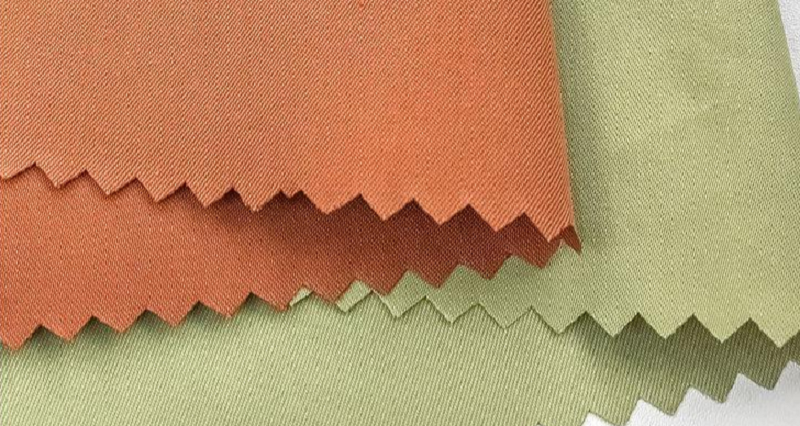
High-density NC fabric is a kind of fabric that is blended or interwoven with nylon (nylon) and cotton yarn.
Advantages: The wear resistance and good elasticity of nylon are combined, the hygroscopicity and breathability of cotton yarn are exerted, and the wearing comfort is higher than that of other fabrics. After weaving, it can reduce the weight of the fabric, improve the elasticity of the fabric, not easy to wear, be soft to the touch, and easy to clean. High-density interweaving process, the outside rainwater is not easy to penetrate the fabric and has a certain moisture-proof function.
Disadvantages: poor heat and light resistance, need to be washed and ironed carefully. Washing points: do not dry clean, dry in the shade.
Maintenance: When not wearing, put it back in the plastic bag and store it flat.
Tencel Fabric
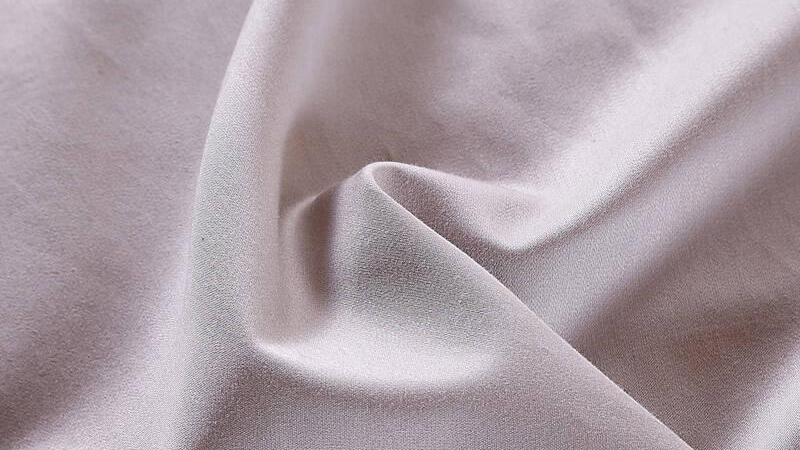
Fabric technology: Tencel, a brand new viscose fiber. Tencel is produced by ammonium oxide-based solvent spinning technology. Because the solvent can be recycled, it is harmless to the ecology. Its composition is fiber diesel, and its raw materials are trees in nature.
Advantages: high wet strength, good hygroscopicity, good dimensional stability, small shrinkage in washing, soft fabric, silk-like luster, high air permeability, clothing made of Tencel, compliant and supple. When there is humidity, the Tencel fabric will expand. It is like a barrier, which can prevent the intrusion of rain and snow while still maintaining its breathability. Tencel fabric has the same comfort as natural fibers.
Attention: Hand wash, do not use bleach, dry in the shade, do not wring.
Ironing: Low-temperature ironing.
TNC Fabric
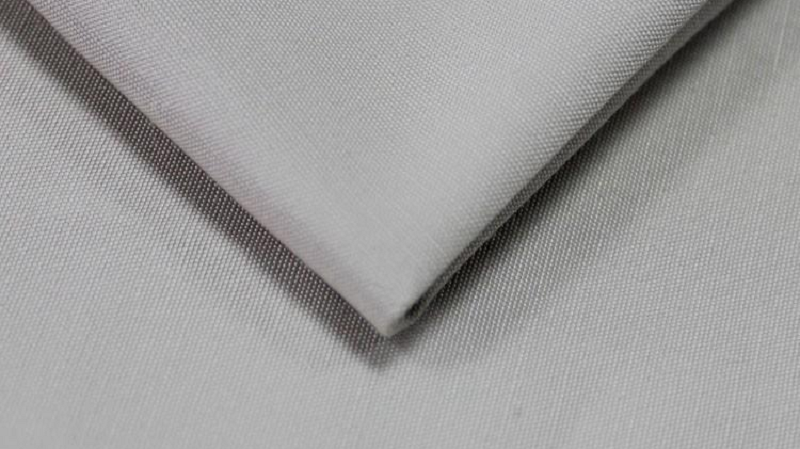
Fabric Technology: Using high-tech fibers, that is, super fibers (polyester, nylon) and high-count cotton yarns, that is, the latest popular fabrics woven by three-in-one fibers.
Advantages: The fabric has the characteristics of polyester, nylon, and cotton yarn, and combines the advantages of the three fibers. It has good wear resistance, good elastic recovery rate, good strength, delicate and smooth hand feeling, comfortable and breathable, and novel style chic,
Attention: Carefully dry clean, do not wring, dry in the shade, or dry on the reverse side.
Composite Fabrics
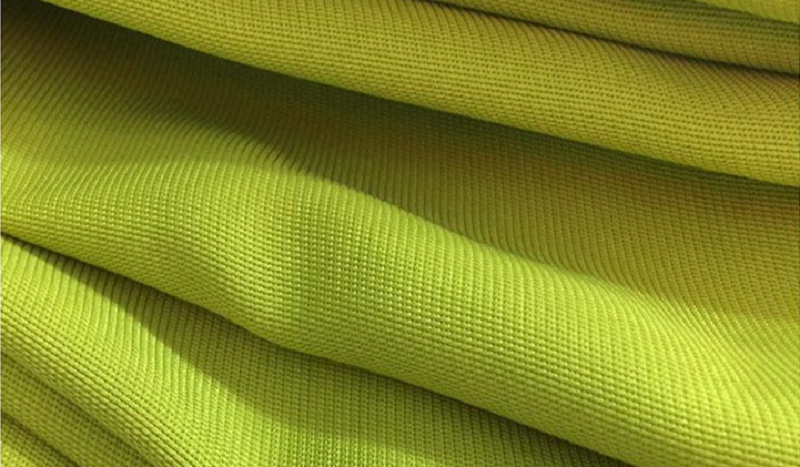
Fabric technology: The two fabrics are composited with high-grade glue.
Advantages: The fabric is thick and warm, elastic, and has good wind and rain resistance.
Attention: Depends on ingredients. The fabric with NT brushed surface layer should be washed with dipping and washed separately.
Silk Fabric
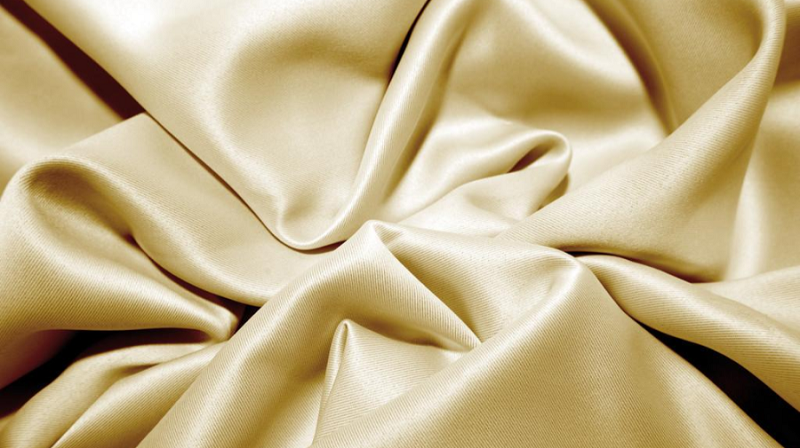
Advantages: smooth, shiny, comfortable to wear, elegant, and luxurious.
Disadvantages: poor anti-wrinkle ability, poor lightfastness, can not being exposed to the sun for a long time, sensitivity to alkali reaction.
Ironing: Iron on the reverse side at low and medium temperature, evenly when spraying.
Coated Nostalgic Series Fabrics
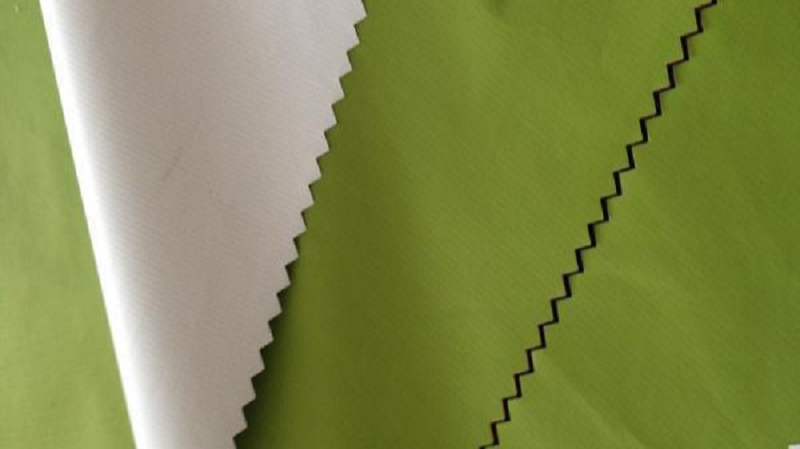
It is made of ultra-fine polyester yarn, which is sanded, dyed, and, processed by a special spray process.
Advantages: The fabric has a leather texture, is soft and smooth, has good elasticity, and has a velvety feel. The fine and uniform short velvet exposed after repeated wear and washing makes the appearance look brand new. The style is simple and simple, with a strong nostalgic atmosphere.
Maintenance: Based on TC, plus:
1. Can not be ironed directly, need low-temperature steam ironing with pad cloth.
2. Do not scrub, rub gently for washing.
3. It cannot be folded for storage and needs to be mounted.
4. Wrinkles can be ironed with a cloth with steam.
5. Machine wash with the reverse side facing out.
6. Do not stick to the glue.
Anti-leather (including flocking, knitted sleeves)

Fabric technology: The fabric is made of high-quality base cloth and high-grade PU glue.
Advantages: The fabric has the “flesh” feeling of genuine leather, is soft, slippery, glutinous, elastic, and has a soft luster. (The imitation leather flocking type has a strong plush feeling, reflecting the style of animal fur, rough and wild)
Maintenance: Based on TC, add:
1. Do not iron or machine wash.
2. Do not rub heavily, only lightly rub for washing.
3. Do not dry, do not touch sharp and hard objects.
4. Do not touch open flames.
5. Do not stick with sticky properties.
6. Non-foldable packaging, needs to be hung for collection.
7. After washing, dry it with the reverse side facing out.
Corduroy (with frost flower, two-color corduroy)
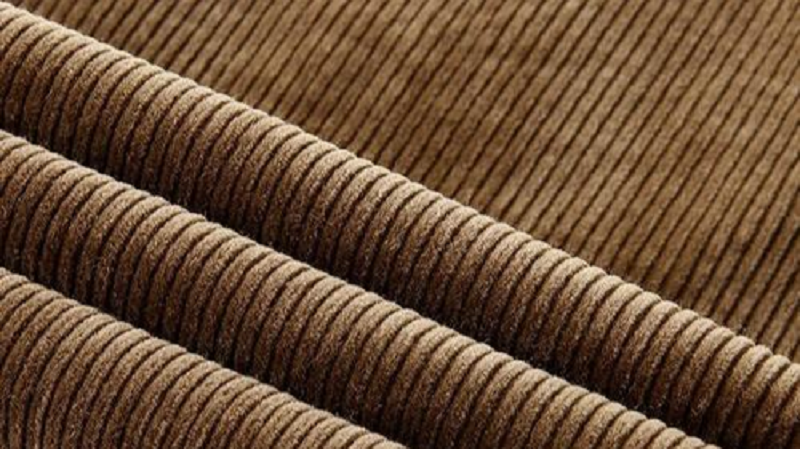
Fabric technology: The fabric is made of high-quality combed cotton through weaving, cutting, scouring, dyeing, washing, etc.
Advantages: The fabric has clear piles, plump and high strength, wear-resistant and elastic. The frosted fabric has a silky luster on the surface like frosted flowers, reflecting a wonderful flashing effect; the two-color corduroy is woven from different raw materials and dyed in two colors by the two-bath method. Strong and colorful with color-changing effects throughout the style.
Maintenance:
1. Do not wash.
2. Do not stick sticky substances.
Hemp Fabric
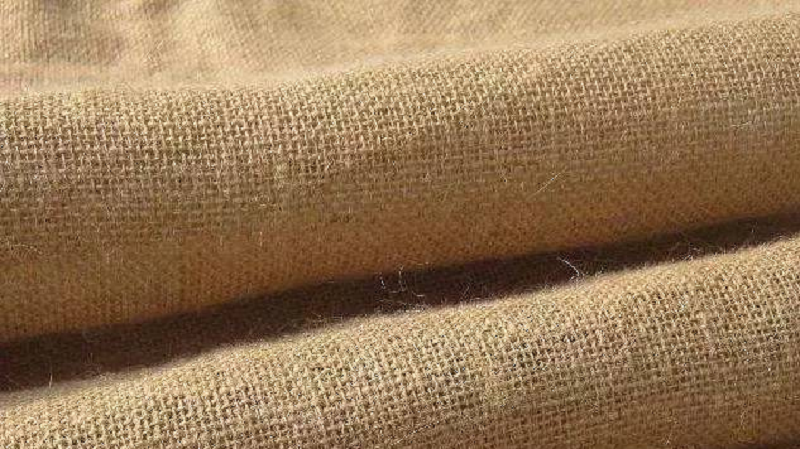
Advantages: good water absorption, comfortable to wear. Disadvantages: easy to wrinkle and fade.
Precautions: Do not scrub with a hard brush, do not twist with force, and avoid sun exposure.
Ironing: Sprinkle water evenly when ironing, and iron at medium temperature.
Washing and Maintenance: There will be foreign dirt or secretions from human skin on the surface or gap of clothing. Foreign contaminants include wind, sand, dust, oil fume, fruit juice, vegetable farms, and other substances, mainly on outerwear; skin secretions include skin fat, sweat, and dander, mainly on underwear.
If the clothing is not washed for a long time, the dirt penetrates the gaps and fibers, which not only blocks the holes, hinders ventilation and normal perspiration, and causes discomfort to the human body, but also breeds mold, reduces the colorfastness, and even threatens human health. If it is not washed for a long time, it will also affect the degree of washing.
Therefore, the clothing must be washed and changed frequently.
Cotton Fabric
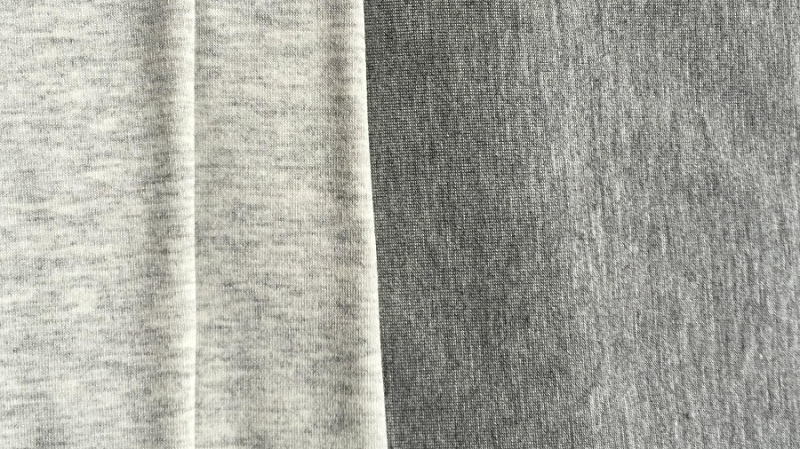
Cotton fabrics have strong alkali resistance, acid resistance, and high-temperature resistance, and can be washed with various soaps or detergents. Before washing, it can be soaked in water for a few minutes, but it should not be too long to avoid damage to the color. Underwear can not be soaked in hot water, to avoid the protein in the sweat stains coagulating and adhering to the clothing, and yellow sweat spots will appear. When washing with detergent, the best water temperature is 30-50 ℃.
When rinsing, you can master the method of “small amount and many times”, that is, you don’t necessarily need to use a lot of water each time you rinse with clean water, but you need to wash it several times. After each rinse, it should be wrung out, and then the second rinse should be carried out to improve the washing efficiency. Clothes should be dried in a ventilated and shaded place to avoid exposure to sunlight and fading of colored fabrics.
Wool Fabric

Wool is not resistant to alkali, so use neutral detergent or soap flakes for washing. Wool fabrics will shrink and deform in an aqueous solution above 30 °C, so the washing temperature should not exceed 35 °C. Aqueous detergent solutions are typically formulated with room temperature (25°C) water. Do not scrub with a washboard when washing. Even if you use a washing machine, you should wash it lightly, and the washing time should not be too long to prevent cash.
Do not twist the glue after washing, squeeze by hand to remove water, then drain. It is advisable to take half a minute when dehydrating with a washing machine. It should be dried in the shade and not exposed to strong sunlight to prevent the fabric from losing its luster and elasticity and causing a decrease in strength.
Viscose Fabric
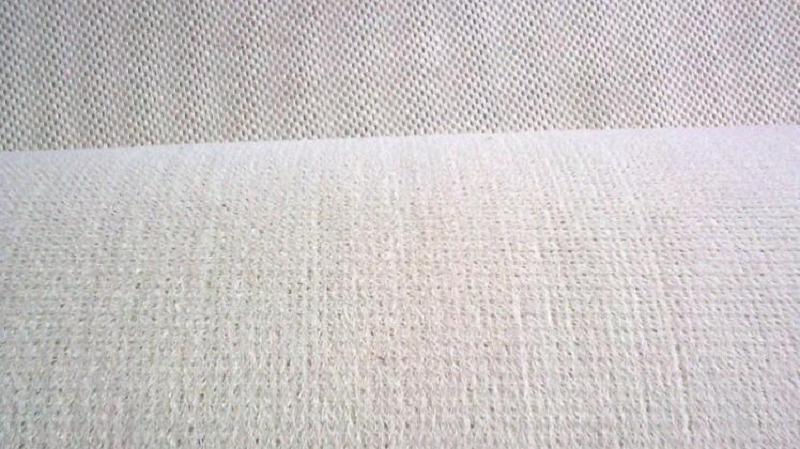
Viscose fiber has a large shrinkage rate and low wet strength. When washing, it should be soaked with washing, not for a long time. Viscose fiber fabric will become hard when exposed to water, so it should be washed lightly to avoid fluff or cracks.
Use neutral detergent or low alkali detergent. The temperature of the washing liquid should not exceed 35°C. After washing, fold the clothes, squeeze out the water a lot, do not twist them, do not expose them to the sun after washing, and dry them in a cool or ventilated place.
Polyester Fabric
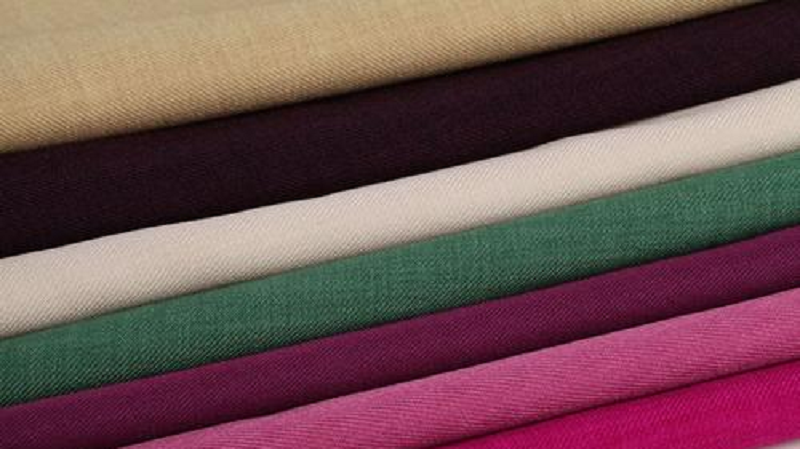
Soak in cold water for 15 minutes, then wash with a general synthetic detergent. The temperature of the washing liquid should not exceed 35 ℃. The dirty parts of the neckline and cuffs can be washed with a brush. After washing, rinse and wash, lightly twist, dry in a cool and ventilated place, do not expose to the sun, do not dry, to avoid wrinkles due to heat.
Generally, well-crafted high-grade woolen garments High-grade garments (such as suits, etc.) made of high-grade fabrics are not too dirty and do not need to be washed in water, or garments that cannot be washed in water need to be dry cleaned; precious fur garments should also be sent to dry cleaning Shop dry cleaning.
Cannot be Dry Cleaned
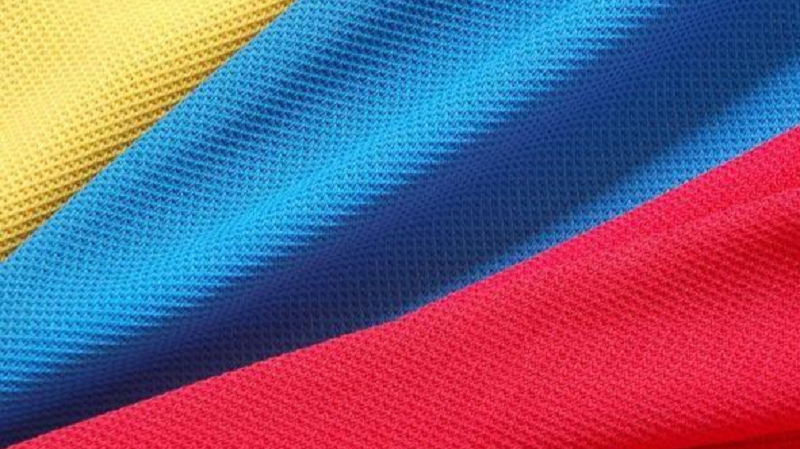
Vinyl and polypropylene clothing are less resistant to organic solvents and cannot be dry cleaned. PU coated fabrics and other resin-finished fabrics cannot be dry cleaned.

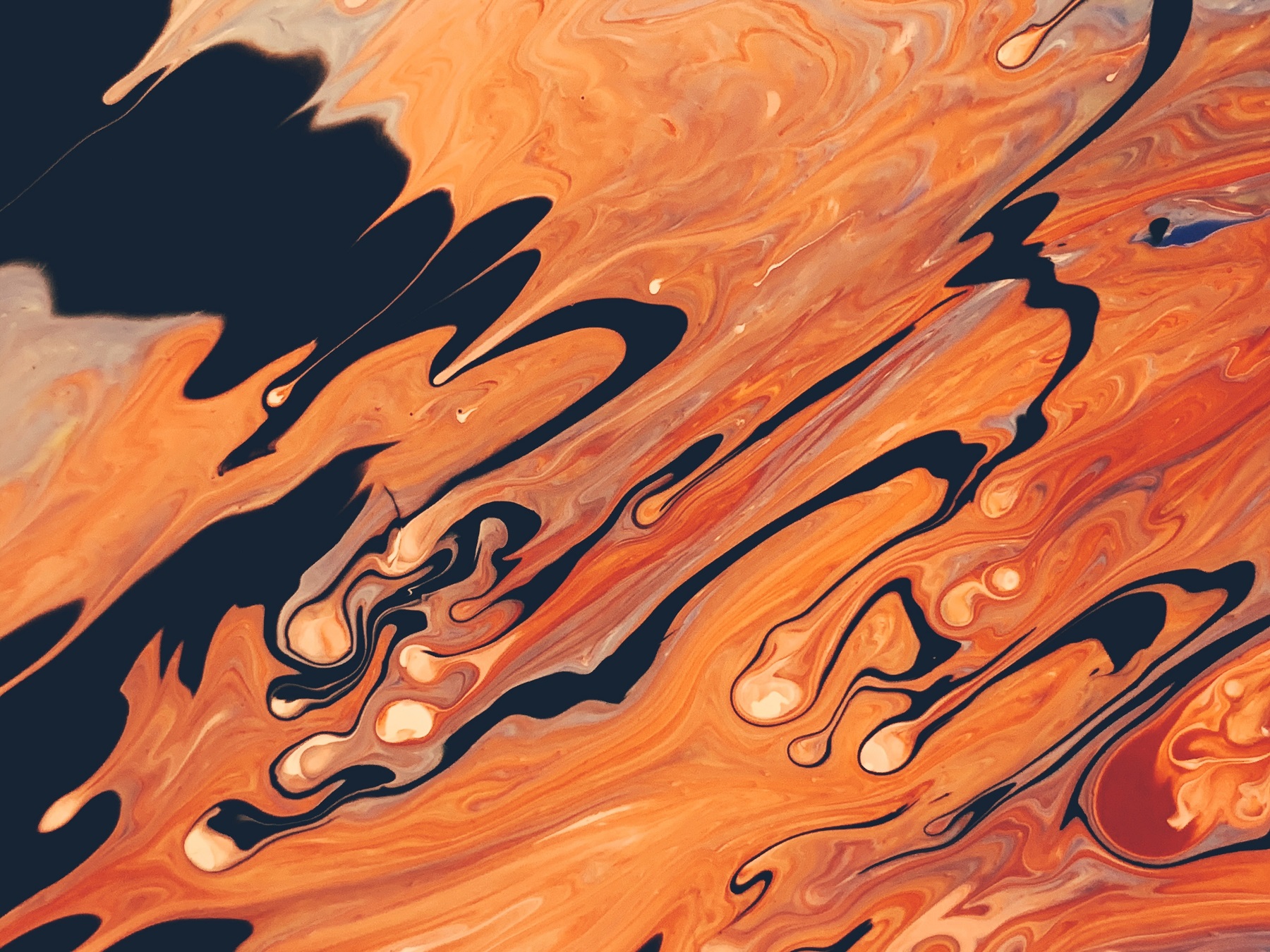




Hey very nice blog!! Guy .. Excellent .. Wonderful .. I’ll bookmark your site and take the feeds also?I’m glad to search out numerous useful info right here within the put up, we’d like develop more techniques on this regard, thank you for sharing. . . . . .